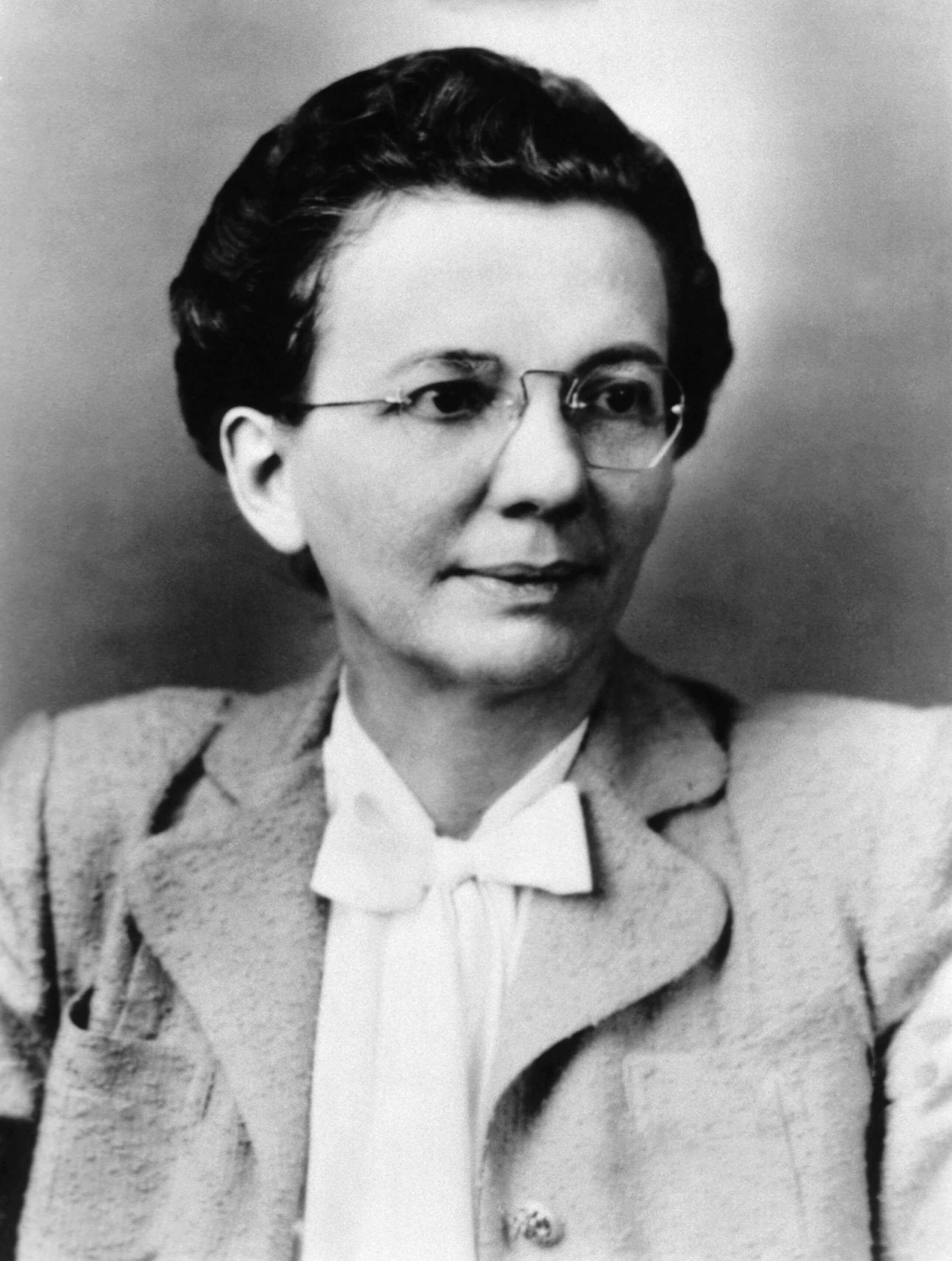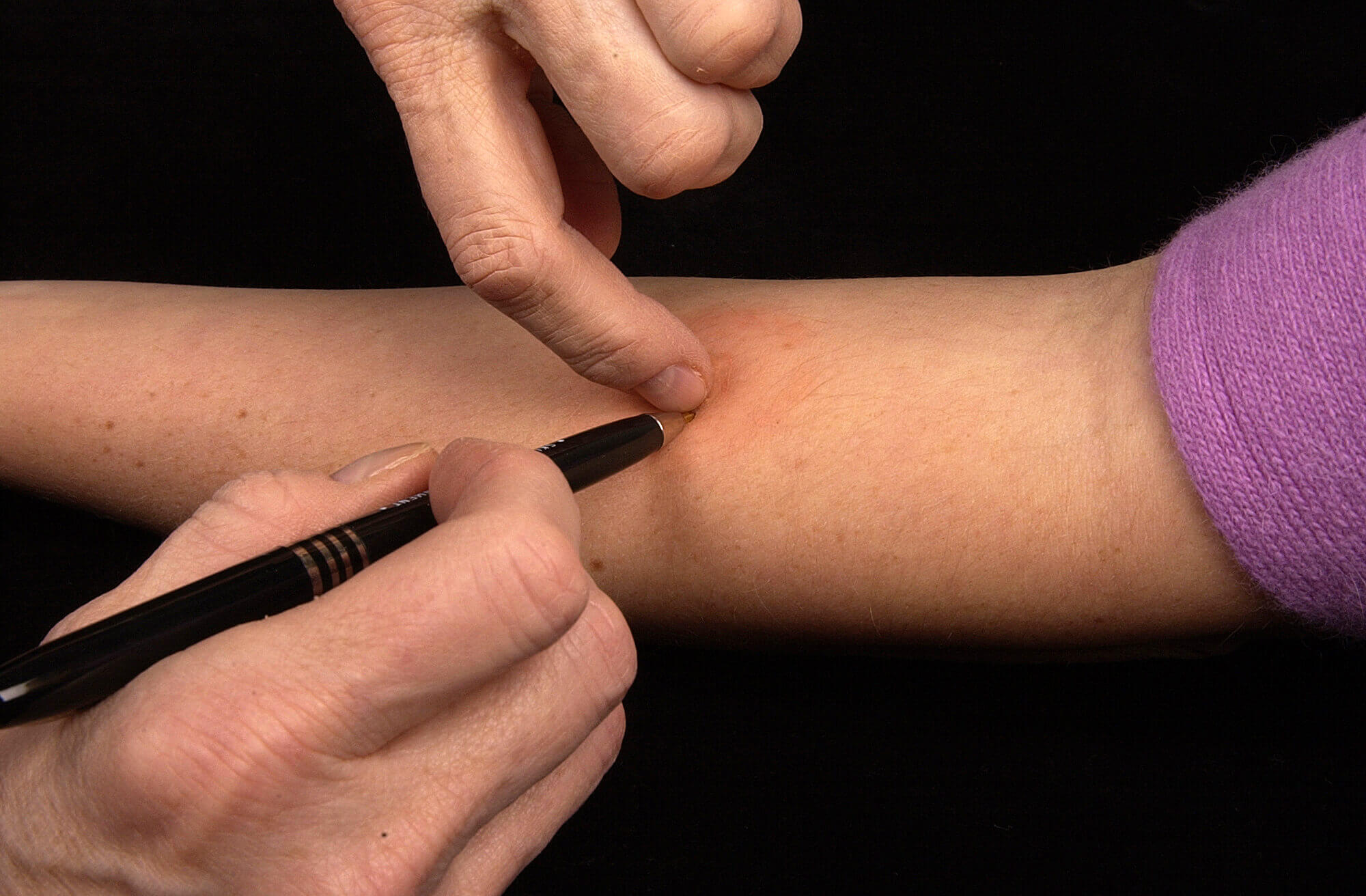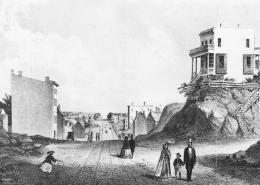Female Pioneers: Meet the Biochemist Who Tackled One of TB’s Great Mysteries


Florence Seibert was an early pioneer in applying physical chemistry techniques to biomedical problems.
American Florence Seibert developed a reliable test for TB, which has helped saved millions of lives.
In the early 1900s, tuberculosis, a bacteria that settles in the lungs and eats them away, continued to be among the deadliest diseases, killing one in seven people in the U.S. and Europe.
Before the turn of the century, German scientist Robert Koch had discovered tuberculin, which is a heated extract of the TB bacteria that could be used to screen for the disease. But scientists struggled to produce a reliable formula for tuberculin that could produce consistent results. An accurate TB test was critical for controlling the spread of this highly contagious disease.
Enter Florence Seibert. Born in 1897 in Easton, Pennsylvania, Seibert was stricken with polio as a child and left with a severe limp. Since she couldn’t run and play outside like most children, she turned her attention to excelling in school, especially science. She was a natural.
In 1932, Seibert set out to develop a standardized tuberculin that could be easily replicated. Two decades earlier, the Mantoux tuberculin skin test — which works by injecting people in their forearms with a small amount of the TB antigens to see if there is an immune response — had become the go-to tool for detecting the disease. But the Mantoux test was based on Koch’s unreliable original tuberculin formula, which contained an unknown mixture of carbohydrate and protein antigens, as well as antigens from beef broth used in the culture.

A technician mesaures the tuberculin skin test reaction on a patient's forearm. CDC/Greg Knobloch
While at the Phipps Institute of the University of Pennsylvania, Seibert discovered that the proteins in Koch’s tuberculin mix were critical. She spent the next several years trying to isolate them to make a more consistent formula. Through a method of steaming TB cultures and then purifying the proteins, she produced the purified protein derivative (PPD). Seibert’s PPD formula was adopted as the gold standard for TB testing by the U.S. Public Health Service in 1941 and the World Health Organization in 1952, and is still widely used today.
According to the World Health Organization, about a third of the world’s population is infected with TB today, including 500,000 who are sick with drug-resistant TB. Early and accurate diagnosis of TB, which was pioneered by Seibert, continues to be a priority in helping contain the spread of the disease.





